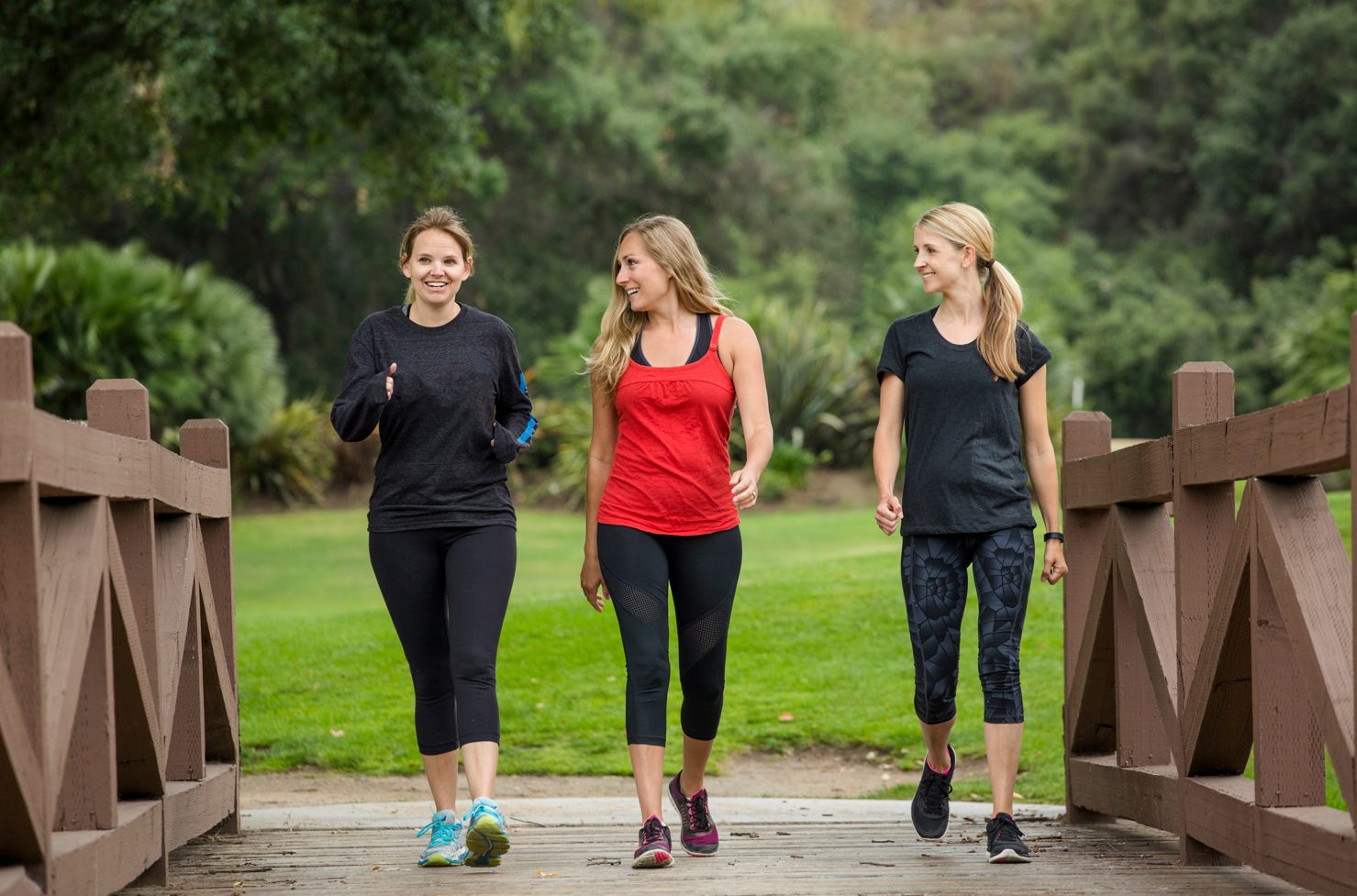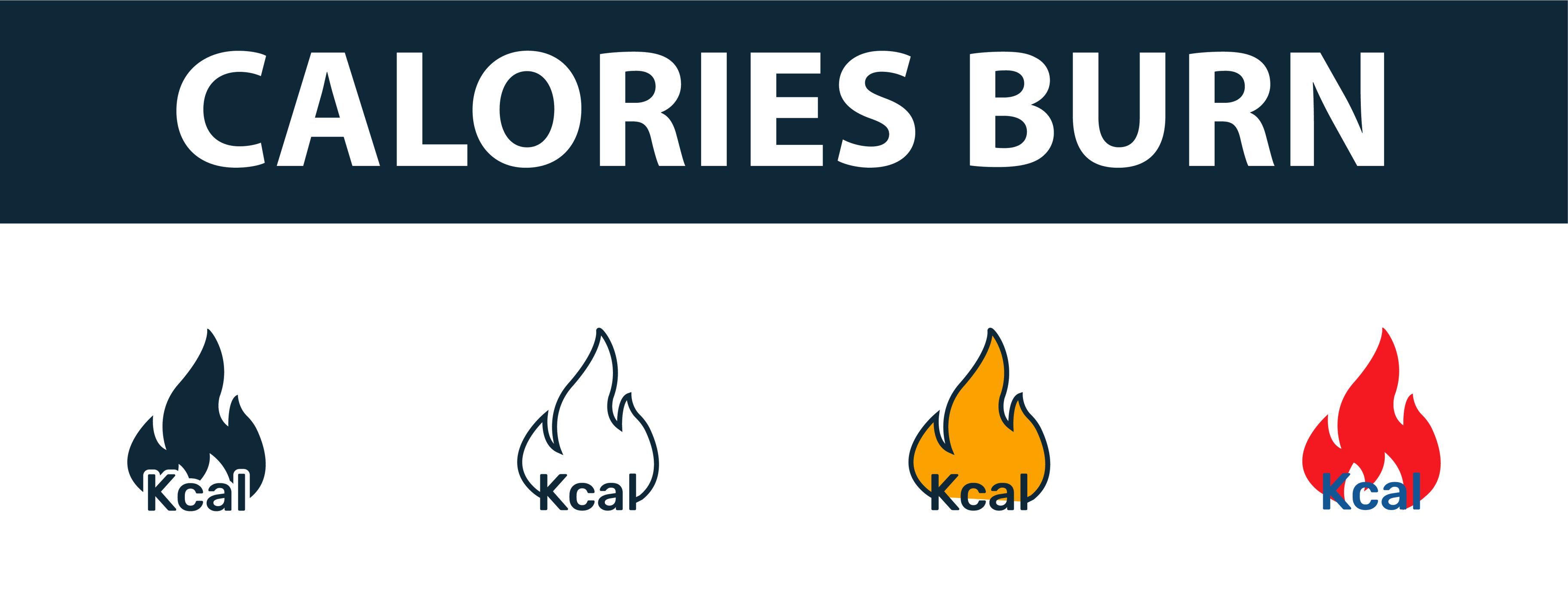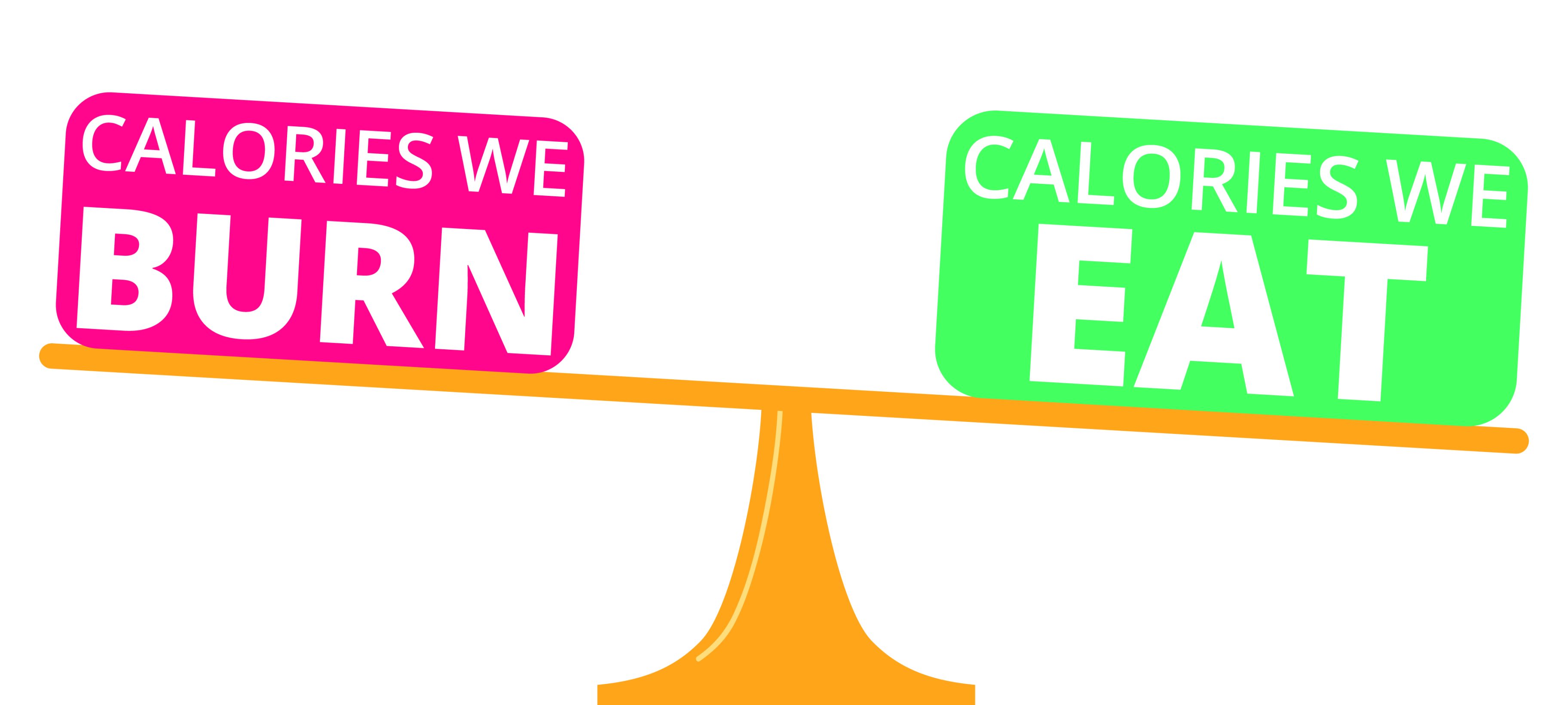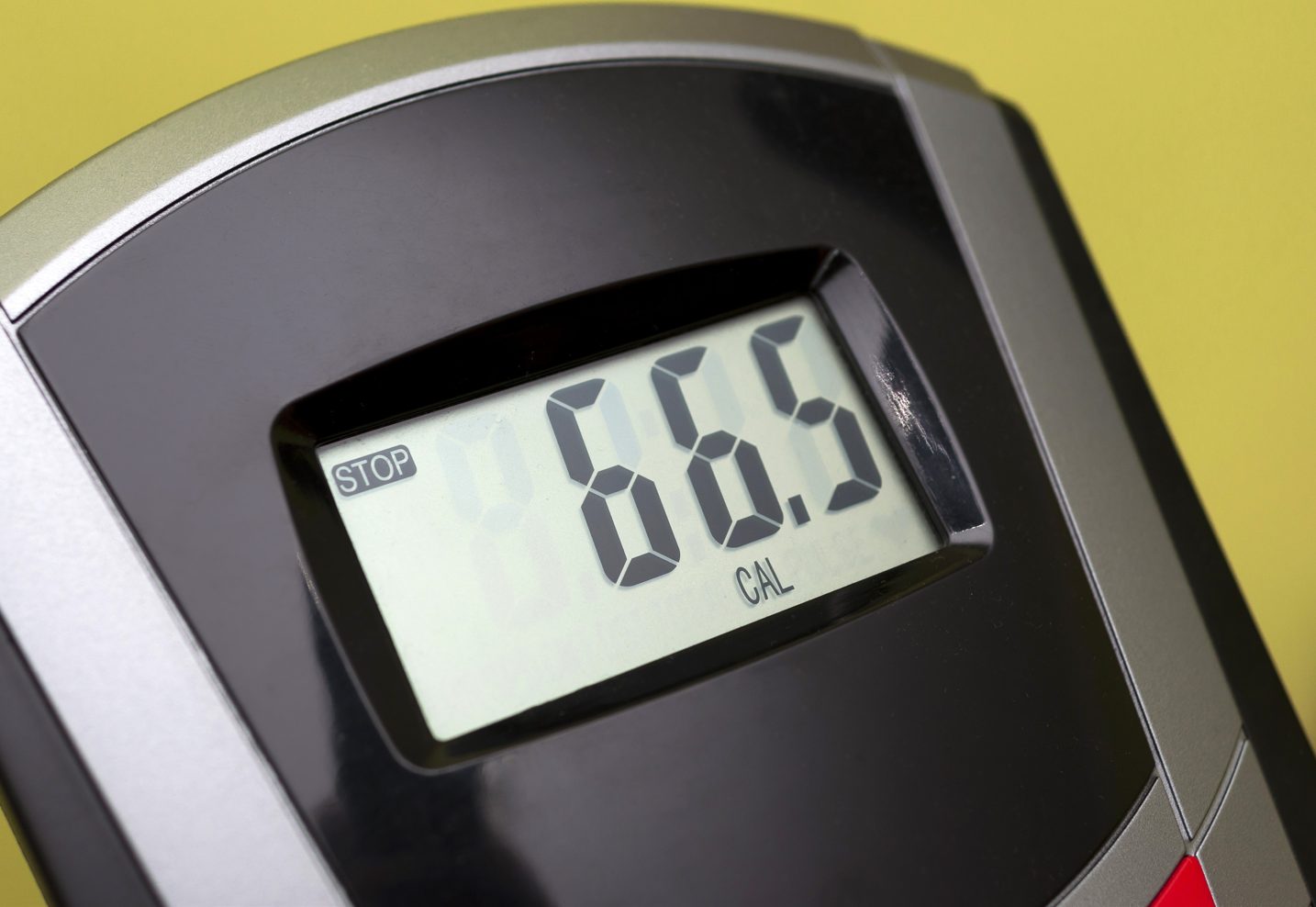For most of us, walking is an integral part of our daily lives. It’s the easiest way to find an exercise that doesn’t require any special equipment or extra time. Stanford University did a recent study on this topic, the average person burns roughly 2,000 calories every week simply by traveling to work and going to the grocery shop. Surprisingly, most of us don’t even realize how much physical activity we get in a typical day. Many people don’t even think to count the calories they’re burning by walking small tasks around the house, like bringing in the groceries or walking our pets.

Table Chart for How Many Calories Do You Burn by Walking A Mile
The calories you burn by walking a mile vary on your weight and how fast you walk. This chart shows the number of calories for various weights and miles, calories you will burn with speed from 2.5 mph to 3.5 which can be explained in the pace of 17 to 27 minutes per mile:
| Number of Miles | Weight 100 lbs | Weight 120 lbs | Weight 140 lbs | Weight 160 lbs | Weight 180 lbs | Weight 200 lbs | Weight 220 lbs | Weight 250 lbs | Weight 275 lbs | Weight 300 lbs |
|---|---|---|---|---|---|---|---|---|---|---|
| Mile 1 | 53 kcals | 64 kcals | 74 kcals | 85 kcals | 96 kcals | 106 kcals | 117 kcals | 133 kcals | 146 kcals | 160 kcals |
| Mile 2 | 106 kcals | 128 kcals | 149 kcals | 170 kcals | 191 kcals | 213 kcals | 234 kcals | 266 kcals | 292 kcals | 319 kcals |
| Mile 3 | 160 kcals | 191 kcals | 223 kcals | 255 kcals | 287 kcals | 319 kcals | 351 kcals | 399 kcals | 439 kcals | 479 kcals |
| Mile 4 | 213 kcals | 255 kcals | 298 kcals | 340 kcals | 383 kcals | 425 kcals | 468 kcals | 532 kcals | 585 kcals | 638 kcals |
| Mile 5 | 266 kcals | 319 kcals | 372 kcals | 425 kcals | 479 kcals | 532 kcals | 585 kcals | 665 kcals | 731 kcals | 798 kcals |
| Mile 6 | 319 kcals | 383 kcals | 446 kcals | 510 kcals | 574 kcals | 638 kcals | 702 kcals | 798 kcals | 877 kcals | 957 kcals |
| Mile 7 | 372 kcals | 447 kcals | 521 kcals | 595 kcals | 670 kcals | 744 kcals | 819 kcals | 931 kcals | 1023 kcals | 1117 kcals |
| Mile 8 | 426 kcals | 510 kcals | 595 kcals | 680 kcals | 766 kcals | 850 kcals | 936 kcals | 1064 kcals | 1170 kcals | 1276 kcals |
| Mile 9 | 479 kcals | 574 kcals | 670 kcals | 765 kcals | 861 kcals | 957 kcals | 1053 kcals | 1197 kcals | 1316 kcals | 1436 kcals |
| Mile 10 | 532 kcals | 638 kcals | 744 kcals | 850 kcals | 957 kcals | 1063 kcals | 1170 kcals | 1330 kcals | 1462 kcals | 1595 kcals |
| Mile 13 | 697 kcals | 836 kcals | 975 kcals | 1114 kcals | 1254 kcals | 1393 kcals | 1533 kcals | 1742 kcals | 1915 kcals | 2089 kcals |
| Mile 26 | 1394 kcals | 1672 kcals | 1949 kcals | 2227 kcals | 2507 kcals | 2785 kcals | 3065 kcals | 3485 kcals | 3830 kcals | 4179 kcals |
Calorie Consumption Calculator
There are many reasons you might be interested in how many calories you consume or burn. Some people want to lose weight, some just want to maintain their current weight, and others need to eat different amounts of food because they have a medical condition.
Regardless of your situation, it’s important that you keep track of the amount of calories you consume so that if any changes are needed, they can be made without too much trouble. The Calorie Calculator will help get your calorie needs down pat!
Why Should You Need To Burn Calories?

Suffice to say, you want to burn calories. We all do. It would seem off-balance if we didn’t. The basics are that our bodies use energy for everything we do (and almost everything the body does use energy). Our bodies use this energy for two reasons: first, obviously, to direct our movements; second, because it’s something that’s never at rest; rather the body is always active in some way (unless you’re lying in bed without moving).
The reason to burn calories is to attempt to lose weight. In the long run, this is a good thing for a number of reasons, but let’s focus on the short term. If you’re not expending energy then your body stores fat as extra tissue.
Frequent walking of the weight-loss metabolic system is an important part of helping you burn fat. When you walk, what you are doing is keeping your body in a state of “metabolism”, where it burns calories. If not, then your metabolism crashes down into the lower levels of energy expenditure and causes weight gain in many cases.
For short periods of time, we burn calories at a pace determined by our weight. In other words, our bodies will expend energy in the amount required to ensure that we don’t gain any weight. Obviously, this varies from person to person, but the formula for calculating the number of calories burned for a given individual is:
186 + (186 * weight in pounds) = Calories Burned Per Day
So, a 150-pound man burns 186 calories per day because he weighs 150 pounds. Likewise, a 185-pound woman burns approximately 170 calories per day due to her weight.
If you’re still not convinced, here’s the math:
Calories Burned Per Day = 186 + (186 * weight in pounds)
186 + (186 * 150) = 2616 Calories Per Day
If you’re looking for a quick exercise to help you understand the math behind this, then take a calculator and multiply your weight times 186. The result is how many calories you burn per day. So, if I weigh 150 pounds I should burn 2616 calories per day. If I weigh 185 pounds then my daily burn rate is 3487 calories per day. Again, there are variables here that make the calculation only approximate, but it’s a fair approximation nonetheless.
Calories are burned when we sleep when we’re in the bathtub when we’re in our recliners watching TV. We burn calories constantly, said Healthline.
According to the Mayo Clinic’s chief medical officer, “The overall conclusion from this study is that exercise intensity does not have a major impact on how many calories one burns when walking. Rather, the amount of calories burned is related to body weight and how fast a person walks”.
The researchers looked examined data from 25 trials with a total of 479 participants. In the study, all participants were either overweight or obese adults who walked on a treadmill at a variety of speeds for a total of 205 minutes per week for eight weeks. In another recent paper from the ACSM, it was shown that walking five miles per day can burn as many as 75,000 calories over the course of one year.
How many Calories Do You Burn By Walking in a Day?
To evaluate whether or not it’s time for a snack break, you’ll need to know how many calories you’re burning while walking.
You may have heard that walking the equivalent of five miles every day is good for your health, but have you wondered if there are any numbers involved? Well, according to this article by Bodybuilding.com, the number of calories burned while walking varies depending on your weight and speed. The article also states that eight years of walking five miles a day burns 75,000 calories.

Bodybuilding.com reports: “A recent study was presented at the American College of Sports Medicine (ACSM) meeting in Indianapolis this month. It found that walking speeds of 2 mph and faster burns 250 calories per hour while walking speeds below 1 mph burn around 135 calories per hour.
See also: In a Single Day, How Far Can You Walk?
Calories Do You Burn in a 30-minute Walk
Walking briskly for 30 minutes at a pace that leaves you slightly short of breath burns just about 135 calories. If you’re carrying a heavy backpack or pushing a stroller, the numbers change slightly.
If you’re looking to burn 500 calories with your daily walking routine, check out our tips and tricks. You may want to try to incorporate some intense intervals or incline walking to your routine, as they can help you reach your goal faster.
Calories Do You Burn in a 60-minute Walk
For a 160-pound person, walking for an hour at a fast pace – enough to elevate your heart rate – burns roughly 240 calories. Additionally, a two-hour stroll burns about 540 calories for most people. But it’s important to note that this number can vary significantly based on your weight, how fast you went, and what type of terrain you were walking on (flat versus hilly for example).
Calories Do You Burn When You Walk 10000 Steps
The typical person takes between 2,000 and 4,000 steps per day. This number varies depending on sex and height, but even light walkers take around 3,500 steps per day. That means that the average person burns about 500 calories by walking 10,000 steps (or 5 miles) per day.
Walking 10,000 steps a day can burn up to 500 calories. By monitoring your daily steps, you can achieve your calorie burning target. Use our steps to miles calculator to keep track of your progress and set new walking goals.
How Many Calories Does It Take to Walk a Mile?
The average person carries about 20 pounds of body weight. That means that if you’re 100 pounds, your body burns around 200 calories per mile while walking. If you’re 200 pounds that’s even more like 350 calories.
Calories Do You Burn When You Walk 5km
The calories burned by walking 10,000 steps can be converted to 5 kilometers or 3 miles. This translates to 1 hour of walking at the pace of brisk walking for 160 pounds burns around 410 calories. If you’re 200 pounds, you’ll burn around 700 calories in an hour. The same amount of time but with a slower pace will burn over 1,000 calories in an hour. If you wish to know how to calculate the walking pace, please check the link.
If you are wondering how many calories you can burn when walking 5km, you can use the calorie calculator on the Hood MWR website to find out! Simply enter your weight, walking distance, and time to calculate an estimate of the number of calories you burned during your walk.
How to Increase Your Calories Consumed
You can burn more calories in a variety of ways. You can move around more, eat fewer carbs or fats, or even exercise. Increase your steps by 1/4 mile each day to burn 100 calories more per day when walking.

For example:
- If you walk 2 miles per day, try walking 2 and a quarter miles tomorrow.
- If you’re already walking 3 miles per day, try walking 3 and a quarter tomorrow and so on.
Tips:
- Don’t use the escalator or elevator – use the stairs instead.
- Walk to work instead of driving. If at all possible, try taking one day a week off from driving and walk as many places as possible.
- Join a local recreational sports team or a gym and add to your walk around the track.
- Try to make your daily commute a bit more natural and without any special equipment (hiking boots and poles wouldn’t hurt).
- Buy an extra pair of walking shoes that you can use for walking.
- Walk around your neighborhood or work at lunch time instead of sitting at your desk or in the car.
- Buy a pedometer and track the distance you’re walking each day (make sure to turn off the accelerometer if you’re using an iPhone).
Calories Burned Walking Calculator

If you’re looking to use this calculator for a general-purpose, instead of only figuring out how many calories you burn walking around the neighborhood, you should understand the definition of calories burned. The calories burned numbers (below) were calculated by assuming a 160-pound person and two-hour walk per day (using the 500 calorie figure mentioned above). One mile per day. 5000 steps per day = 180 calories burned per day for a 160lb person. 10 cupcakes = 800 calories. This means that it requires 16 miles of walking to burn off just one donut or cupcake.
You can also use the number of minutes for the ideal weight calculator to determine how much you should walk each day to lose 10 pounds in 3 weeks, 4 weeks, 1 month, or 2 months.
Maintain Your Motivation
When it comes to exercising, the first step is to pick something enjoyable and long-lasting. What that means is that it shouldn’t leave you feeling like you had to drag yourself out the door. It shouldn’t leave you sore all over or completely exhausted by the end of your exercise session. Otherwise, you’re never going to stick with it long enough (or often enough) for your body to see any real results.

Here are some suggestions for your walking exercise:
- Find a time in your day when you’re not busy. Whether it’s in the morning when you’re getting ready, at lunch when you’re supposed to be relaxing, or in the evening when you feel like you’ve already worked hard that day, find a time in your day where you can take a walk.
- Walk around your neighborhood instead of taking the car. If one of the things that has motivated me to go for walks was seeing how many trees, I’d pass by on my walk instead of taking the car everywhere.
- Take a walk before you go to bed. If it’s just a couple of minutes before you head to bed, that’s all you need. Don’t worry about trying to get in enough steps because typically when we’re in bed we don’t move much at all anyway.
- Go for walks when it’s cold or rainy outside so that you can enjoy the outdoors and stay motivated while moving around.
- Create a walk routine so you stick with it. I like to walk while playing the piano or writing music so that I can concentrate on my body and not think about anything else.
- Find a good walking partner: Before joining a walking group, make sure you have at least one person who’s willing to go for walks more often than they go for walks themselves. That way, when you’re tired and lazy, you cannot find an alternate choice for exercise.
- Use music to keep you motivated. If you’re bored, you’re more likely to stop walking. Music can help solve that problem.
- Make your diet conducive to your exercise goals. Eat more clean, nutrient-dense foods if you want to reduce weight and have the energy to go for walks throughout the day. If you want to gain muscle tone, eat more foods with natural carbohydrates so that when it’s time for your workout, your body has enough energy for a good work out session.
- Take a brisk walk instead of a slow one. Try walking twice as fast as usual or quicker after your workout to enhance your energy and metabolism for the remainder of the day.
- Take a walk during a meal. Instead of sitting and relaxing while you’re eating your meal, stand up and take a brisk walk so that you boost your metabolic rate for the rest of the day.
- Don’t let yourself turn into an inactive person. If you don’t walk at all for a few days, start walking again as if it were your first time walking in months.
- Take advantage of small amounts of time to boost your physical activity level. If you’re at a work meeting and everyone is scrambling around, take a couple of minutes from your meeting to walk around the room or up and down a couple of steps or stairs. If you’re in the middle of your long commute, take a right turn instead of a left turn (and vice versa) to break up the monotony of driving.
FAQs
How long do you need to walk to burn 1000 calories?
To burn 1000 calories just by walking takes around 10 miles. This is assuming that you’re walking at a pace of 2 mph and that you’re 100 pounds. If you had just 20% less fat on your body, you’d need to walk around 6 miles to burn 1000 calories. If you were 200 pounds then it would take over 7 miles to burn the same amount of calories.
Is it true that walking 15 minutes a day can help you lose weight?
If you’re walking for 15 minutes, yes it does help you lose weight. But only up to a point. You’ll burn around 400 calories in that 15 minutes. If you were walking the same amount of time but slower, then that number would drop down by about 70 calories.
What muscles are toned by walking?
When you start walking, the gluteal muscles begin contracting, but your hamstrings and quads don’t get a chance to contract until about 30 minutes in. At that point, you’ll notice the large muscle groups in your legs start to move. You have three main muscle groups in your legs: the quadriceps, the hamstrings, and the gastrocnemius. The quadriceps muscles aid forward motion while the hamstrings and gastrocnemius function as a knee flexor and extensor respectively.
Does walking reduce belly fat?
One of the main reasons that walking is a fantastic strategy to lose belly fat is that it burns a lot of calories without putting your body under too much stress through exercise. The muscles in your legs and arms will be shifted into overdrive burning lots of calories throughout the day while at home or work. If you’re worried about how much fat is in you, then that’s a good reduction of what’s in you to lose.When you lift weights or perform some form of cardio for cardio exercise, your heart rate rises and your body will respond by burning more calories for the energy it needs to push the blood through the entire body. When you walk at a normal level or slow down on walks, your heart rate will remain low which means that your body will burn fewer calories during the day.
Is it better to move quickly or slowly?
It’s better to walk for longer periods of time. If you’re worried about belly fat, then you should walk for as long as possible. Not only will your muscles burn more calories than if you were simply using a treadmill or stationary bike, but you’ll also enjoy the health benefits of exercise with the added benefit of burning calories.It’s also true that walking can be easier on your joints and prevent injuries, especially if your normal workout routine includes running or some other form of cardio. If you need to burn more calories, you should raise the speed of your walks to sure you get the most out of them.
How to increase calories burned while walking
The best way to increase the calories burned while walking is by speeding up your pace. If you are not sure if you want to raise your walking speed, try it out for a short length of time and see if you want to go faster. It’s important to remember that if you are using the treadmill, then you should increase the speed to keep the same pace. The best thing about walking is that you’ll be able to do so for a long period of time. If you’re unsure how long a stroll should last, consult a specialist. They’ll be able to recommend you the best choices for your physique and way of life. This is not a simple approach to lose weight, and it will take some skill, but it may be more beneficial than spending all of your time on the treadmill or stationary bike.Walking is an easy strategy to lose weight that can easily be incorporated into your daily routine. If your exercise routine includes running, then it will be easier to combine walking into your routines as well. Walking can really help you reach your fitness goals by helping you reduce belly fat without too much overworking on your body.
